Prediction and Evaluation Method of Vehicle Mobility Performance
DOI: 10.23977/jemm.2022.070210 | Downloads: 33 | Views: 1552
Author(s)
Chao Song 1, Hao Hu 1, Hao Zhang 1
Affiliation(s)
1 Army Academy of Armored Force, Changxindian, Beijing, China
Corresponding Author
Chao SongABSTRACT
Predicting and evaluating vehicle maneuverability is an important method to improve vehicle parameters and improve vehicle maneuverability at the beginning of production design; it is also an important reference for users to fully understand vehicle performance and operate rationally according to its performance. This paper firstly introduces the meaning of vehicle maneuverability prediction and evaluation; secondly, by reading a large number of relevant literatures on current maneuverability prediction and evaluation techniques and methods, it expounds its development status, and summarizes and introduces the widely used vehicle maneuverability prediction and evaluation methods, and compared and analyzed the advantages, disadvantages and limitations of each method. Finally, it puts forward some thoughts on the selection direction of wheeled vehicle maneuverability prediction and evaluation methods, which provides a useful reference for the subsequent quantitative research on the prediction and evaluation of the overall maneuverability of wheeled vehicles.
KEYWORDS
Mobility performance prediction, vehicle engineering, performance evaluationCITE THIS PAPER
Chao Song, Hao Hu, Hao Zhang, Prediction and Evaluation Method of Vehicle Mobility Performance. Journal of Engineering Mechanics and Machinery (2022) Vol. 7: 75-83. DOI: http://dx.doi.org/10.23977/jemm.2022.070210.
REFERENCES
[1] Cheng H J, Gao L, Liu Z H, Liu Q. Research on dynamic modeling and braking performance optimization of multi-axle special vehicles. Vibration and Shock, 2021, 40(17):241-248+289.
[2] Shang X W, Zhang J H. Vehicle modeling and simulation based on ADAMS platform. Electromechanical Technology, 2011, 34(02): 11-13.
[3] Li J, Fan C J, Zhao H G. Simulation and optimization of double wishbone independent suspension based on ADAMS. Automobile Practical Technology, 2020, 45(19): 62-64.
[4] Li J H, Xie R, Zhou Y C, Tang R J. Modeling and simulation of driving dynamics characteristics of wheeled off-road vehicles. System Simulation Technology, 2017, 13(04):304-309.
[5] Nie Y X, Li M L, Guo X X, Yang B. Reconstruction of Pavement Roughness Based on Harmonic Superposition Method. Automotive Technology, 2009(04):55-58.
[6] Huang Z Q, Zheng W H. Matlab realizes ADAMS 3D random pavement modeling. Modern Defense Technology, 2018, 46(03): 165-170.
[7] Kok S Ti, Bujang B K H, et al. A Review of Basic Soil Constitutive Models for Geotechnical Application. Electronic Journal of Geotechnical Engineering, 2009, 14:1-18.
[8] Ragheb H, EI-Gindy M, Kishawy H A. MuliWheeled Combat Vehicle Modeling on Rigid and Soft Terrain//NDIA Ground Vehicle Systems Engineering and Technology Symposum, Modeling & Simulation, Testing and Validation (MSTV) mini-symposium, 2013.
[9] Shoop, S A. Finite Element Modeling of TireTerrain Interaction. U.S Army Corps of Engineers, Engineer Research and Development Center, Cold Regions Research and Engineering Laboratory, 2001.
[10] Shoop S A, Richmond P W, Lacombe J. Overview of Cold Regions Mobility Modeling at CRREL. Journal of Terramechanics, 2006, 43(1): 1-26.
[11] Wright A. Tire/Soil Interaction Modelling withing a Virtual Proving Ground Environment. Cranfield University, 2012.
[12] Ravula P, Acar G, Balachandran B. Discrete Element Method-based Studies on Dynamic Interactions of a Lugged Wheel with Granular Media. Journal of Terramechanics, 2021, 94: 49-62.
[13] Smith W, Peng H. Modeling of wheel-soil interaction over rough terrain using the discrete element method. Journal of Terramechanics, 2013, 50(5-6): 277-287.
[14] Wasfy T M, Wasfy H M, Peters J M. Coupled Multibody Dynamics and Discrete Element Modeling of Vehicle Mobility on Cohesive Granular Terrains//International Conference on Multibody Systems, Nonlinear Dynamics, and Control, 2014.
[15] Wasfy T M, Wasfy H M, Peters J M. HighFidelity Multibody Dynamics Vehicle Model Coupled with a Cohesive Soil Discrete Element Model for Predicting Vehicle Mobility//International Conference on Multibody Systems, Nonlinear Dynamics, and Control, 2015.
[16] Wasfy T M, P Jayakumar, Mechergui D. Prediction of Vehicle Mobility on Large-Scale Soft-Soil Terrain Maps Using Physics-Based Simulation. International Journal of Vehicle Performance, 2018, 4(4):347.
[17] Lescoe R, El-Gindy M, K Koudela, et al. Tire-Soil Modeling Using Finite Element Analysis and Smooth Particle Hydrodynamics Techniques//International Design Engineering Technical Conferences and Computers and Information in Engineering Conference, 2010.
[18] Mechergui D, Jayakumar P. Efficient generation of accurate mobility maps using machine learning algorithms. Journal of Terramechanics, 2020, 88: 53-63.
[19] Chen G C, Yamashita H, Ruan Y F, et al. Enhancing Hierarchical Multiscale off-Road Mobility Model by Neural Network Surrogate Model. Journal of Computational and Nonlinear Dynamics, 2021, 16(8): 081005.
| Downloads: | 10764 |
|---|---|
| Visits: | 389977 |
Sponsors, Associates, and Links
-
Cybernetics and Mechatronics
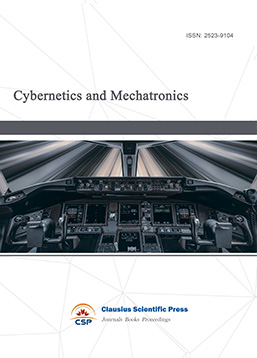
-
Digital Manufacturing and Process Management
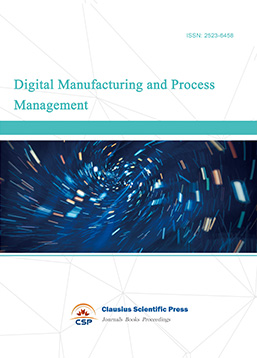
-
Ultra-Precision Machining Process
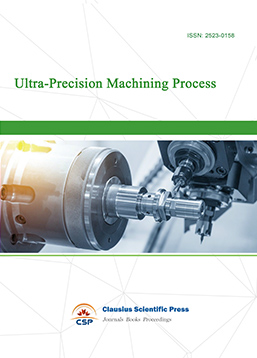
-
Journal of Robotics and Biomimetics
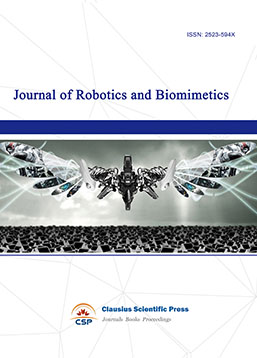
-
Prognostics, Diagnostics and Health Management
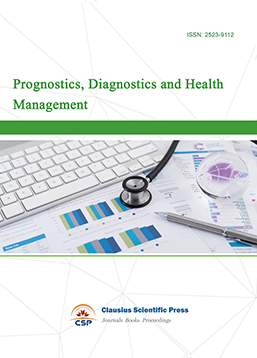
-
Micro-Electro-Mechanical Systems
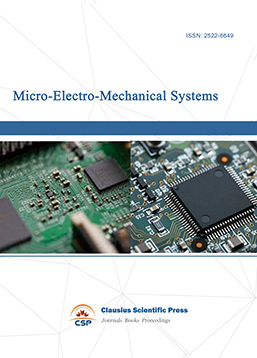
-
Journal of Precision Instrument and Machinery
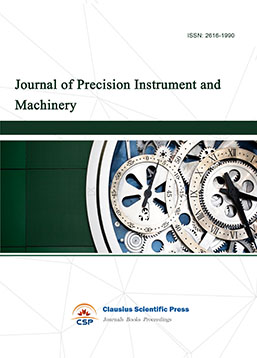
-
Engineering and Solid Mechanics
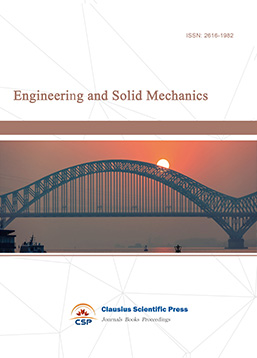
-
Fracture and Damage Mechanics
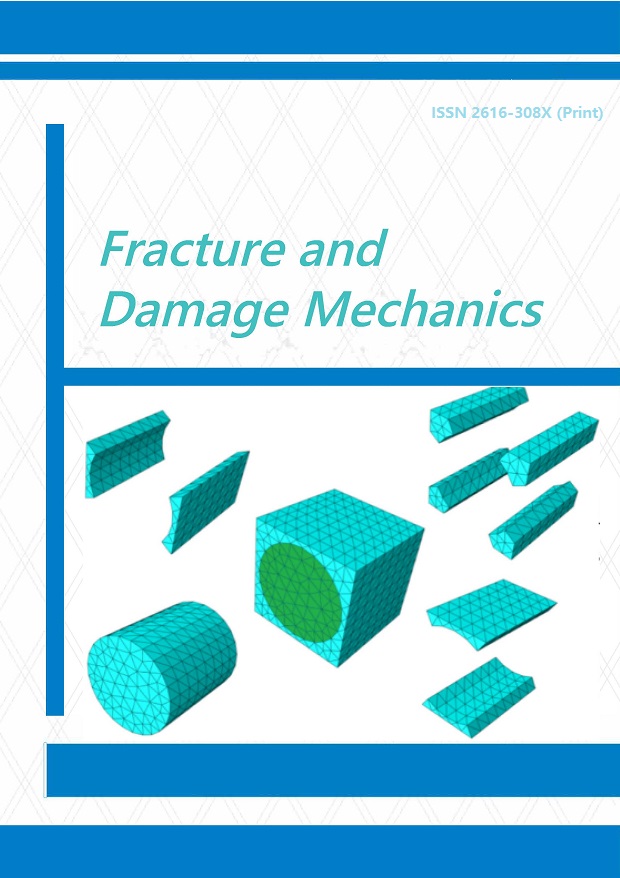
-
Frontiers in Tribology
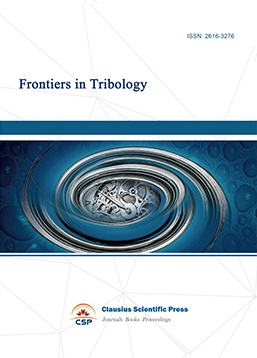
-
Fluid and Power Machinery
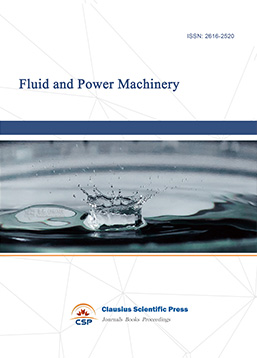
-
Chemical Process Equipment
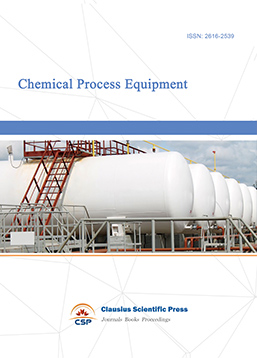
-
Journal of Assembly and Manufacturing
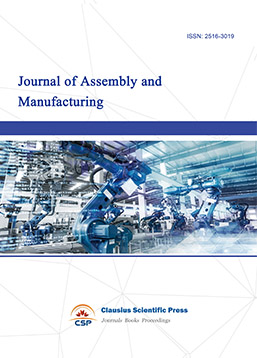
-
Mechanical Vibration and Noise
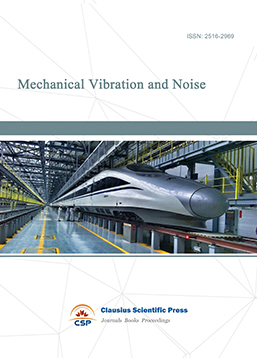

 Download as PDF
Download as PDF